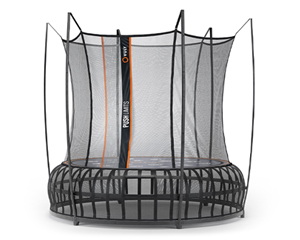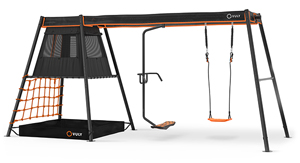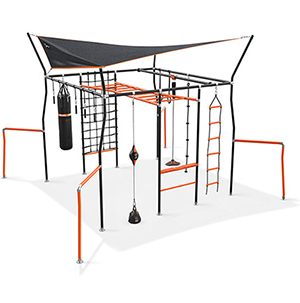There are many different types of bikes, built for different purposes. Going down a mountain? You want a mountain bike. Riding on the road? You need a road bike, my friend!
The bike needs to embody the activity, and as such bike manufacturers have designed concepts fitting to different terrains, riders, and types of riding. Based on these factors, the bikes are designed using different bike frame materials, gear systems and wheels.
Table 1: General Bike Specifications
The different types of Bikes include:
- BMX Bikes
- Mountain Bikes
- Road Bikes
- Kids Bikes
- Electric Bikes
- Balance Bikes
- Gravel Bikes
- Push Bikes
These bikes also have their own subcategories, where they are refined even further for their exact purpose.
BMX Bikes
BMX Bikes are some of the newest bikes on the block. The MBX Origin story is an interesting one, and dates back to the 1970's, where these bikes were used to imitate motocross. Since then they became known not only for racing but for bike tricks and freestyle.
They are small, light, and have foot pegs for riders to use when completing various awesome tricks. You can often find BMX bikes at skateparks riding ramps and sometimes even doing flips!
These bikes have even been featured in the Olympics in the BMX racing and BMX Freestyle events, with Australian Logan Martin taking the Gold in 2020 BMX Freestyle event.
.jpg)
Mountain Bikes
Mountain bikes are designed for riding on mountainous terrain. Obviously, this means a lot of slopes and loose gravel. Mountain bikes are designed to handle this by incorporating thicker wheels and many gear shifting options, which provide riders with all the tools they need to climb even the steepest slopes.
Mountain bike frames are typically made out of either aluminum or carbon fiber, and so allow for a wide range of budgets - with cheaper aluminum frames giving new riders a cheaper alternative. Their suspension is another important factor that makes them stand out, as this is crucial to comfortable riding on uneven surfaces.
.jpg)
Road Bikes
Road bikes are designed for speed on flat, even surfaces. They are aerodynamic and have thin wheels. In the city, they are most commonly used for daily commutes but can also be used for competitive racing and in triathlon-style events.
The sitting position for these types of bikes is also different and works to reinforce the aerodynamic nature of the bicycle. Riders lean heavily forward to reduce drag forces, resting on downward curving handlebars. Often road bikes have a water bottle holder, which gives riders access to on-the-go hydration.
.jpg)
Push Bikes
Pushbike is the general term given to bicycles, as opposed to motorbikes. It's an umbrella term that encompasses all types of bicycles.
Electric Bikes
Building on the pushbike concept, electric bikes give riders the option of riding with an extra boost of power from an electric engine. Depending on the watt output, these types of bikes can pack a serious kick.
Electric bikes are most often used for commuting, but can also be great as alternatives or mountain bikes. I mean, why would you want to peddle your way up a mountain when you can rely on an electrical engine!?
Balance Bikes
Balance bikes are designed for toddlers. They don't have gears, peddles, or anything really. The idea is that the toddler ever stands or sits, and moves the bike by pushing off the ground. This allows small children to learn the basic principles of riding a bike in a safe environment. Sometimes these types of bicycles also have training wheels for added support.
Once children learn how to ride a balance bike, they are often in better shape to move on to a tricycle or classic children's bike. They will be more confident and will be less likely to hurt themselves than children with no prior riding experience.
Gravel Bikes
Gravel bikes are a hybrid between a road bike and a mountain bike. They borrow the lightness and drop handlebars from road bikes, while also opting for the disc brakes and tubeless tires from mountain bikes. The tire thickness is in between road bikes and mountain bikes, which allows gravel bikes to complete less technical trails but also transition easily to the road where they can make use of their higher gear ranges as compared to mountain bikes.
They are limited in the trails they are able to complete, however, as more technical trails need better handling offered by flat handlebars. The fact that gravel bikes do not have suspension or many low gear options makes it tough to climb and descend steep slopes.
Kids Bikes
Kids' bikes are smaller and simpler. They are often made from steel frames and have a single gear. Specialised kids bikes also exist, such as those with training wheels, tricycle bikes and balance bikes.
They are designed with safety as the number one priority, and provide kids with a way to learn how to ride without the possibility of falling. Once kids build up enough confidence, they are able to move on to traditional bikes, on which they can master riding, having built a solid foundation of skills on safer bikes.
Vuly and Anaconda bikes are some of the better-known kids bikes on the market.
















































